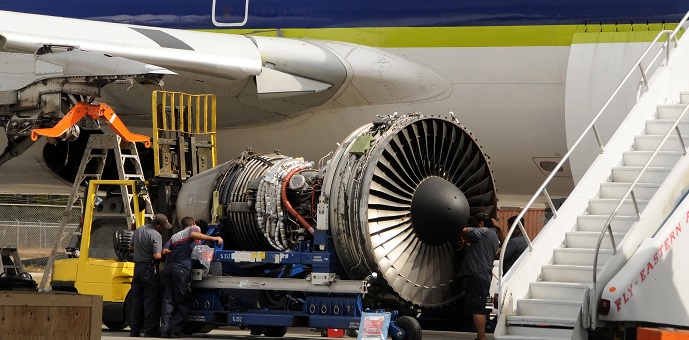Steve Bentley MD of Sofema Aviation Services www.sasssofia.com – looks at what makes an EASA Part 147 Practical Assessor reach the top of his or her game – Read on!
Every person who will deliver Practical Assessment should think about these attributes and ask him or herself where their strengths and development areas lie in this list.
It is good to assess our skills periodically and this should be embedded in the competence management program.
Whilst we should use our strengths in the most effective way we should also remember that we have a continuous opportunity to improve the skills that we feel less confident about.
These are simply behaviours and behaviour can be learned or changed.
We are all individuals and, we will engage with our students differently, there are however, some attributes which could be considered as essential:
Ability to relate to specific situations and participants
Commitment to the subject and the training event
Willingness to consider criticism or advice regarding the effectiveness of our assessment style.
The ability to remain objective and not taking remarks, situations or problems personally
Ability to encourage participants to be independent by not always giving the solutions to problems or questions and not always suggesting the way forward; willingness to learn from participants.
Ability to show genuine concern for the participants and establish an effective and helpful relationship with them; not being judgmental about participants’ views and contributions to the training.
Ability to influence assertively and build trust; not trying to score points over the participants
Ability to relate business needs to training delivery
Ability to be both logical and creative!
Having Personal Confidence
Being Flexible
Being able to fully engage with the need to listen
Having Patience
Good organizational and time management skills
Tidiness in appearance!
Excellent communication skills (How is this different from listening)
Participates enthusiastically in discussion.
Actively influences events rather than passively accepting.
Acts on opportunities: originates action.
Expresses his/herself clearly and coherently.
Makes a clear persuasive presentation of ideas and facts
Able to consider a fresh approach and to introduce new ideas.
Ability to Build constructively on the ideas of others into their own activity
Able to Analyse the root cause of a problem in depth, recognizing which information is important and which is peripheral.
Able to evaluate data and courses of action, draw sound inferences and reach logical decisions.
Makes a point which is accepted by the other members.
Shows tact and diplomacy
Is Able to deliver Facilitation of a Discussion
Makes a direct attempt to help another person.
Controls a dominant interrupter to allow someone else to make a point.
Discriminates clearly between the important and the trivial.
Does not allow his/her feelings to sway decisions: unbiased and rational.
Sofema Aviation Services www.sassofia.com offers EASA Compliant Regulatory and Vocational Training covering a range of Part 147 and Part 66 Topics including the following:
Developing Training Needs Analysis (TNA) for Type Rating Training Courses,
Developing a 147 Maintenance Training Organisation Exposition ,
Managing Competence within a 147 Organisation
Managing Quality Assurance & Compliance within a 147 Organisation,
Aviation Auditing in a Part 147 Environment, EASA Part 147 Regulatory Training,
Practical Assessor Training Skills Development,
147 & Part 66 Combined Regulatory Review and Recurrent Training
For details please see the website or email office@sassofia.com





